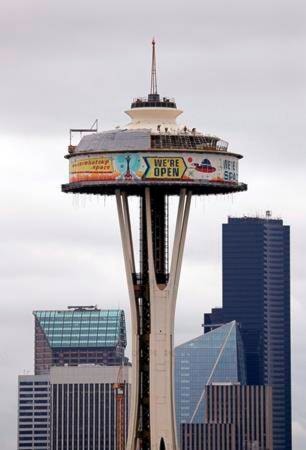Wondering what your city’s climate will be like in a few decades?
Look south — about 1,000 kilometres south, says an unusual new study published Tuesday.
That’s the average distance between 540 cities in the United States and Canada and the nearest city that now has the climate that they could expect, says co-author Matt Fitzpatrick of the University of Maryland’s Center for Environmental Science.
“The basic question we wanted to answer is, what is Toronto or Edmonton going to feel like if some of these forecasts come to pass as we expect them to?” said Fitzpatrick.
Science often presents climate change as numbers — data on average temperatures or rainfall.
“That never resonated with me,” said Fitzpatrick.
“I work with these data all the time, but I’ve no idea of what does that actually mean for the place that I live. How’s my climate going to change?
“This was an attempt to answer that question.”
Fitzpatrick’s cities represent about 250 million people. That’s more than three-quarters of the U.S. population and more than half of Canada’s.
For each city, he used 27 climate models to determine what its climate is likely to be by 2080. He used both a business-as-usual scenario and one in which emissions are reduced.
He then looked for a community which now has temperature, rainfall and variability most closely matching that future climate.
If nothing changes, he found, Montreal could have the climate of Chester, Penn. Calgary could be like Spearhead, N.D.
Toronto could feel like Secaucus, N.Y.; Winnipeg like Maplewood, Minn., Saint John, N.B., like Riverhead, N.Y.; Vancouver and Victoria like Seattle; Ottawa like South Shore, Ill.; Quebec City like Chatham, Ont., and Edmonton like Mendota Heights, Minn.
Fitzpatrick acknowledges the comparisons are simplistic.
